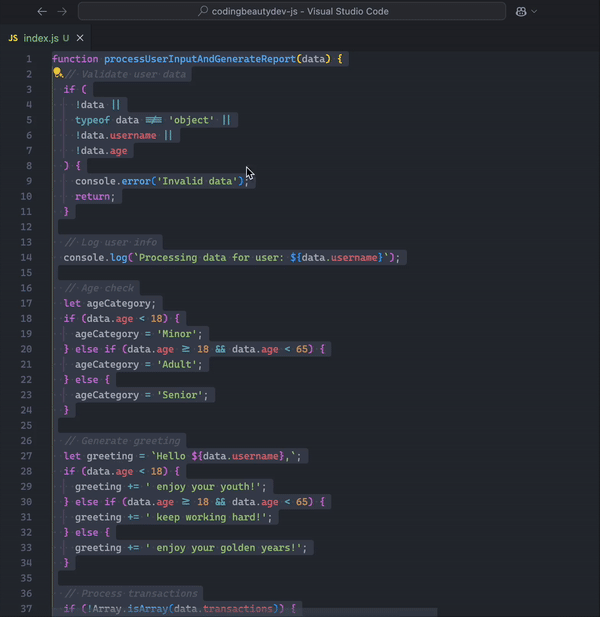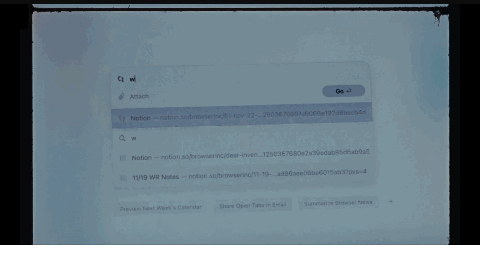This new ChatGPT feature makes it so much more than a chatbot now
OpenAI just dropped a massive new feature upgrade — and it’s going to change the way so many of us use ChatGPT forever.
Projects:

You know, we’ve been asking for ChatGPT to allow pinned chats for decades.
Like this is just really basic stuff every chatbot should have but they just refused to add it — even though it’d be really easy to implement.

But now we have Projects and it’s way better — not just “pinning” chats but structuring them in groups — to keep things tidy and make your work with AI more efficient.
But it goes even beyond chats.


Projects work like folders for your AI chats.
You can create them, name them, and even give them cool icons to keep things visually organized.
But Projects are not just dumb storage containers — you can add specialized instructions to a project to control exactly how ChatGPT responds in every single chat in the project.

You can add files that every chat in the project can use as context — incredible.

Even other chats provide context for new chats — you can drag and drop older chats into Projects to keep the flow going and avoid starting every time.
Maybe like me you already have something like Notion to manage tasks…
But this is really great what you’re doing revolves around ChatGPT — like long-term brainstorming or research.

It’s much easier to jump back into your work with all related chats and files grouped in one spot.
ChatGPT becomes more like a project partner than just a chatbot.
Not free for now though but soon — I wonder why? It should be a really easy code change to do that 🤔
For now Projects are only available to Plus, Pro, and Teams users. Enterprise and Edu users will get access early next year.
This feature is part of OpenAI’s holiday release spree called “Ship-mas.”
Along with Projects they’ve launched other cool tools like the Sora video generator and a side-by-side Canvas view for ChatGPT.
It’s like a December tech gift bundle for us.
What’s next?
We’re still expecting a new text generation to supersede GPT 4.5 from OpenAI this December — let’s see what happens.
OpenAI is showing they’re serious about making AI more practical and user-friendly.
Features like Projects are just the beginning. As they roll out more tool ChatGPT is quickly evolving from a simple chatbot into an essential productivity companion.
Projects make managing your AI interactions smoother, smarter, and way more organized.
Def worth checking out.




























































